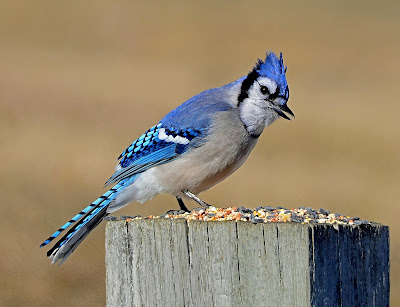Nature News
Puffballs: Mushrooms that house powdery spores
By
I really like puffballs, not the huge football-sized ones that are starting to show up in the lawns around my house (those are very cool) but rather the smaller, ping-pong sized ones that grow in the woods. The ones that ask you to touch them and shoot a puff of spores up and out into the world.
Most fungi that we typically call mushrooms are the reproductive part of a much larger underground network of cells (the mycelium), long strands of branching, thread-like hyphae that inhabit the soil or rotting logs (they’re in fact doing the rotting). To reproduce, the mycelium sends up a mushroom - technically called the “fruiting body,” the part that produces spores. These fruiting bodies come in a variety of shapes and sizes, from the typical medium-sized toadstool to the huge puffballs to tiny centimeter-high jelly babies and earth tongues. Shapes range from brain and cauliflower-shaped, to branching corals, to the aforementioned tongue shapes. The whole point of these structures is to deliver the reproductive cells, the spores, to the outside world.
 |
| Puffballs ready to blow photo by Sue Pike |
Our common local puffballs are in the genus “Lycoperdon,” a scientific name that my favorite mushroom book of all time (“Fascinating Fungi of New England” by Lawrence Millman) explains as follows “What witty folks taxonomists are! They decided to call a well-represented puffball genus Lycoperdon, which means ‘wolf fart’ in Latin. I’ve never been near a flatulent wolf, but I suspect that it’s considerably less fun than watching Lycoperdon spores explode into the air.” Watching puffball spores explode into the air is serious fun. If you see some in the woods, try touching them, if they are ready, you’ll release clouds of spores into the air. It is almost addictive, I can’t walk by a patch without touching them. One word of caution though, try to avoid inhaling the spores, they can irritate your lungs.
Once these spores are released they go on to do amazing things. The spores from some mushrooms - the wheat rust fungus, for example - have been tracked from Mexico up to Canada. Fungal spores have been found over 30,000 feet up in the atmosphere. Back in the 1930s Charles Lindbergh participated in some spore collection studies over the Arctic Circle — he found them there, 3,000 feet up, out over the ocean in the middle of nowhere. Amazingly, while up in the atmosphere fungal spores can help make rain by serving as condensation nuclei around which raindrops condense. I like to think about this when I push on a puffball peridium and release those thousands upon thousands of tiny spores into the air.



Comments
Post a Comment